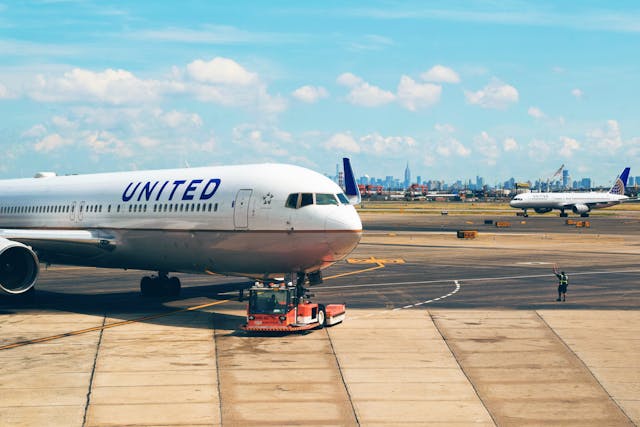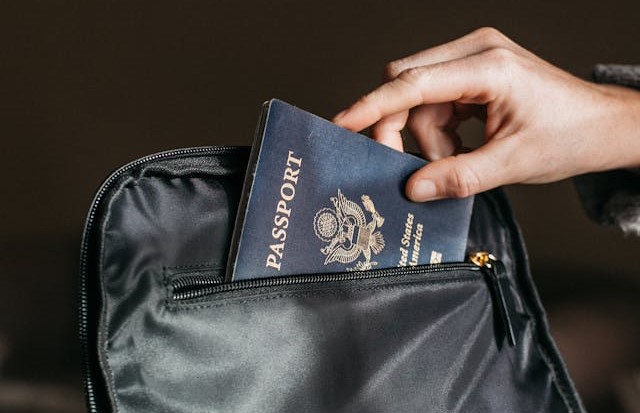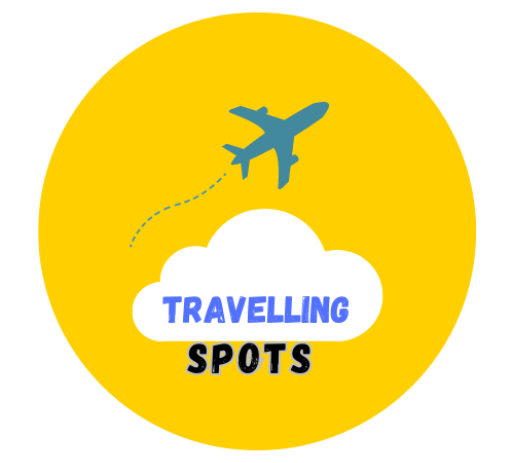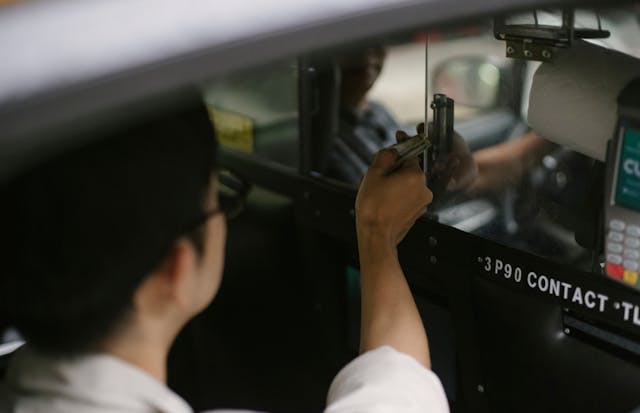Visa on Arrival Process: Simplifying International Travel
Introduction:
Visa on Arrival
In the realm of international travel, the visa on arrival (VOA) process serves as a convenient and efficient means for travelers to obtain entry permits upon arrival at their destination country. This process streamlines travel logistics, minimizing the bureaucratic hurdles often associated with obtaining visas in advance. In this comprehensive guide, we delve into the intricacies of the visa on arrival process, outlining its procedures, requirements, advantages, and potential challenges.
Visa on Arrival
Understanding Visa on Arrival:
A visa on arrival is a type of entry permit issued to travelers upon arrival at immigration checkpoints in certain countries. Unlike traditional visas that require advance application and approval, VOA allows travelers to obtain their visas upon reaching their destination. This facilitates spontaneous travel and accommodates individuals who may have difficulty obtaining visas in advance due to time constraints or other reasons.
Countries Offering Visa on Arrival:
VOA facilities vary from one country to another, with eligibility often contingent upon the traveler’s nationality. Many popular tourist destinations, particularly in Southeast Asia and Africa, offer visa on arrival to citizens of various countries. Thailand, Indonesia, Cambodia, Vietnam, and Kenya are among the nations known for their VOA programs. Additionally, some countries offer electronic visas (e-Visas), which function similarly to VOAs but are obtained online prior to travel.
Visa on Arrival

Visa on Arrival Process Step by Step:
1. Pre-Departure Preparation:
– Research: Before traveling, research the visa requirements of your destination country to determine if a visa on arrival is available and if you meet the eligibility criteria.
– Documentation: Ensure you have all necessary documentation, including a valid passport with sufficient validity, passport-sized photographs, and any additional documents specified by the destination country’s immigration authorities.
2. Arrival at Destination:
– Immigration Counter: Upon arrival at the destination airport or land border checkpoint, proceed to the designated immigration counter for visa on arrival applicants.
– Queue: Join the queue for visa processing, which may vary in length depending on the time of day and the number of arriving passengers.
3. Visa Application and Processing:
– Application Form: Complete the visa application form provided by immigration authorities.
– Submission: Submit the completed application form, along with your passport and any required documents, to the immigration officer for processing.
– Payment: Pay the visa fee, which also varies depending on the destination country and the duration of the visa being issued. Payment is often accepted in local currency or sometimes in major foreign currencies.
– Verification: The immigration officer will verify your documents, conduct any necessary checks, and process your visa application accordingly.
4. Visa Issuance:
– Approval: Upon successful processing of your visa application and payment of the required fee, the immigration officer will affix the visa to your passport.
– Entry Permit: The visa on arrival serves as your entry permit, allowing you to enter the country legally for the specified duration and purpose of your visit.
– Duration and Conditions: Take note of the validity period and any conditions attached to your visa on arrival, such as maximum stay duration or restrictions on employment.
Advantages of Visa on Arrival:
1. Convenience: VOA eliminates the need for advance visa applications, saving time and simplifying travel planning.
2. Flexibility: Travelers have the flexibility to decide their travel dates without the constraints of visa processing times.
3. Spontaneity: VOA enables spontaneous travel decisions, allowing individuals to explore new destinations on short notice.
4. Accessibility: For travelers from countries with limited visa-free access, VOA provides a more accessible avenue for international travel.
Challenges and Considerations:
1. Eligibility: VOA eligibility varies depending on nationality, and not all travelers may qualify for this option.
2. Processing Time: While VOA offers convenience, processing times at immigration counters can vary, leading to potential delays during peak travel periods.
3. Fees: Visa on arrival often incurs additional fees, including visa charges and sometimes processing or service fees.
4. Documentation: Failure to provide required documentation or meet entry requirements can result in visa denial or entry refusal.
Visa on Arrival
Conclusion:

The visa on arrival process plays a vital role in facilitating international travel, offering convenience and flexibility to travelers worldwide. By understanding the procedures, requirements, and potential challenges associated with VOA, travelers can navigate the process with confidence, making their journeys smoother and more enjoyable. Whether embarking on a spontaneous adventure or planning a well-anticipated trip, VOA opens doors to new experiences and destinations, enriching the tapestry of global travel.

